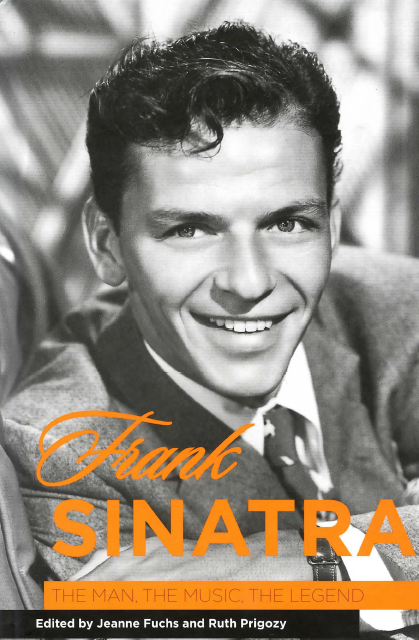10 - Sinatra Meets Television: A Search for Identity in Fifties America
Published online by Cambridge University Press: 10 March 2023
Summary
After he died on May 14, 1998, Frank Sinatra was eulogized as the personification of American show business. His conquest of the entertainment industry was glorified in what Entertainment Weekly editor David Hajdu labeled “a grand media memorial,” the most effusive since the assassination of President John F. Kennedy. Most commentators agreed with art critic John Rockwell's assessment that Sinatra's life “touched on innumerable facets of our culture” for more than fifty years. In all the countless articles, one question that haunted Sinatra was never fully answered: Why did America's most successful entertainer have so much trouble with America's most popular medium of entertainment, television, in the fifties? In fact, TV Guide's 1954 criticism became a prophesy for the whole decade: “TV has been a sour note in the Sinatra symphony of success, which includes juke box, variety, stage, night club, and, as his recent Oscar attests, movies.”
Frank Sinatra embraced television at two distinct periods in his fifties career— the first in the early fifties when he was in the depths of unpopularity and commercial failure and the second, in the late fifties, when he was at the height of his recording artistry and financial security. During each period, he presented a new persona to the public and, although conditions in his career and the circumstances in television were vastly different, both series failed to connect with the general audience. At one point, even the indefatigable Sinatra declared the “TV racket's too tough!”
In the early fifties, television was a frightening medium to even this country's most seasoned performers. In December 1950, Variety's lead article underlined the anxiety engendered by the demands of live television. Four from show business's all-time pantheon—Fred Allen, Jack Benny, Eddie Cantor, and Jimmy Durante (“The A-B-C-Ds of Comedy”)—all agreed that television was a confusing medium and that there was no set pattern to a successful weekly series. These four giants, headliners since the twenties, decided to limit their exposure before the appetite of television devoured them. These veteran vaudevillians, who appeared on countless stages throughout the country, were wary of appearing one night a week in a television studio.
- Type
- Chapter
- Information
- Frank SinatraThe Man, the Music, the Legend, pp. 83 - 94Publisher: Boydell & BrewerPrint publication year: 2007



